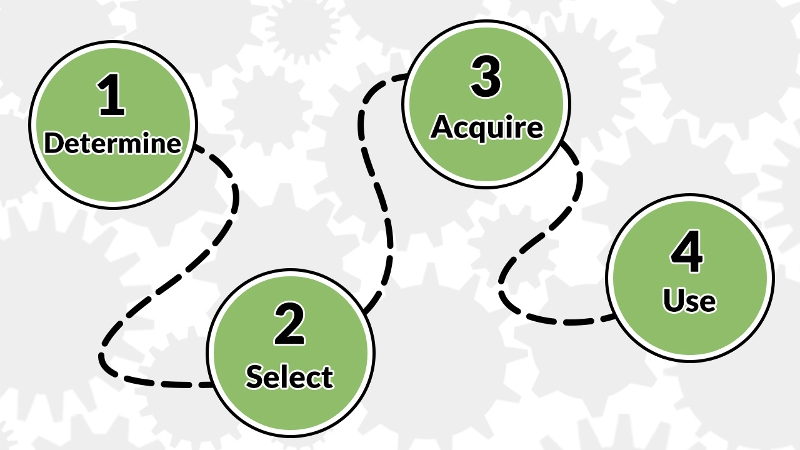Decision-Making & Accessible Formats

Special education and civil rights laws guarantee access to education and employment opportunities for individuals with disabilities. As a result, states, school districts, universities, and career training agencies are obligated to provide accessible formats to individuals with disabilities who need them.
What actions need to be taken so that learners who need accessible formats receive them in a timely manner? Whether a learner is in PreK-12, higher education, or career training, the process is multi-step:
- Determine the learner’s need: Does the learner have difficulty reading or accessing text-based materials? Common reasons for needing accessible formats include blindness or vision impairment, physical disabilities, and learning disabilities.
- Select the accessible format(s) needed: If a need is determined, what is the accessible format or multiple formats that the learner can use? Examples of accessible formats include braille, large print, tactile graphics, audio, and digital text conforming to accessibility standards.
- Acquire materials in the accessible format(s) needed: A variety of sources of accessible formats exist for learners in PreK-12 through postsecondary environments. They vary in the kinds of accessible formats offered and whether copyright restrictions apply.
- Provide supports needed for learners to effectively use accessible formats: Supports include the training, instructional strategies, and potential accommodations that will enable learners to use accessible formats to accomplish their learning goals.
Related Resources

The Right of Students with Disabilities Who Need Accessible Educational Materials
The purpose of this brief is to help families and educators understand the right of students with disabilities who need accessible educational materials to receive these materials in a timely manner.
J. Karger
2021

About Accessible Formats
Because of the frequent barriers presented by text-based materials, some learners with disabilities need alternative forms, known as accessible formats.

AEM Navigator
Use the AEM Navigator to make informed, accurate decisions about the acquisition of accessible formats for students who need them.
AEM Center at CAST
2021
